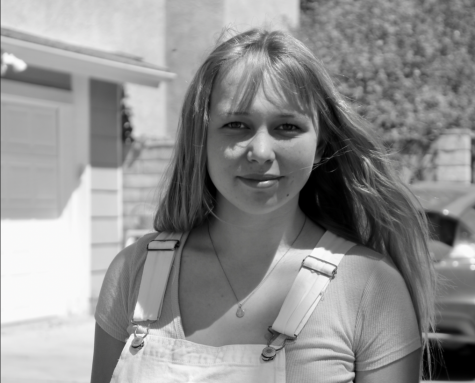CHS Students Need Representation in CUSD School Board Elections
As a student, it often seems easy to complain about certain problems arising in school. However, many do not consider ways in which they could be able to possess a larger say in fixing such problems. The school district and its choices directly affect students’ everyday lives, starting as early as elementary school. Despite this, students often seem unaware and uninformed about what exactly the school board does and why it is important. The most interaction a student may have with a school board member is a brief classroom visit every few months. There is evidently a significant lack of student voice and representation when it comes to the school board, a problem that could be fixed by following the precedent of some other cities nationwide and lowering the voting age to 16 in school board elections.
Just last August, CUSD School Board elections were cancelled due to a lack of opposition for the second time in a row. Because no candidates were filed at the end of the nomination period on Aug. 10, Steven Llanusa, Nancy Treser Osgood, and Dave Nemer are now to serve on the school board for another four years. This is not the first time a CUSD School Board election has been cancelled. Another instance happened in 2015 when Hilary LaConte, now vice president of the CUSD School Board, faced no opposition. Claremont faces a significant lack of voter turnout. The Claremont Courier reports that only 4,443 ballots were cast in the 2013 local election by Claremont’s 25,864 registered voters. While these numbers may be the result of no interested candidates, student involvement would boost candidate opposition and voter turnout.
Generally, school boards across the nation work to create and enforce policies and bylaws in the interest of public schools and the community. They are also responsible for ensuring that tax dollars are going to the right places. But should students, the group that is most affected by these policies, have a say in who is elected to create them? If this were the case, candidates would be a lot more focused on the representation of students and incentivized to communicate with them. Although there are student representatives on the CUSD School Board, such as CHS’ Maddy Chapman and SAH’s Trinity Perez, students are still unable to vote. Additionally, allowing students to vote in school board elections will obligate them to be politically aware on a local level. Studies show that creating a voting habit at a young age is crucial to increasing voter turnout.
At 16, most teenagers have not only reached an adequate maturity level to vote in local elections, but to play a significant role in the community. At this age, students can obtain a driver’s license and work with fewer restrictions on hours. Research has shown that 16-year-olds typically possess the same level of civic knowledge as 18-year-olds who have a right to vote. If students have this knowledge, and are directly affected by school board decisions, they should have a significantly larger voice.
This is a change that students from districts around the country are already pushing for. Four cities in the U.S. have lowered their voting age to 16 in school board elections, such as Berkeley, Greenbelt, Takoma Park, and Hyattsville. In Berkeley, CA, a youth-led campaign passed a measure to approve a lower voting age in school board elections. The campaign passed with an extraordinary 70 percent of votes in favor.
Overall, the CUSD School Board should be more representative of students. Teenagers 16 and up are perfectly worthy of voting and such an implementation would give students an important voice, while encouraging political involvement.
Hello there! Our goal is to provide relavent, engaging journalism for readers of all ages. Your donation will support the student journalists of the Wolfpacket at Claremont High School, and will allow us to purchase equipment, print our monthly issues, and enter in journalism competitions. We appreciate your consideration!

Claire Judson has been a Wolfpacket staff member since her sophomore year, and has served as a reporter, Business Manager, Assistant News Editor, and now...













